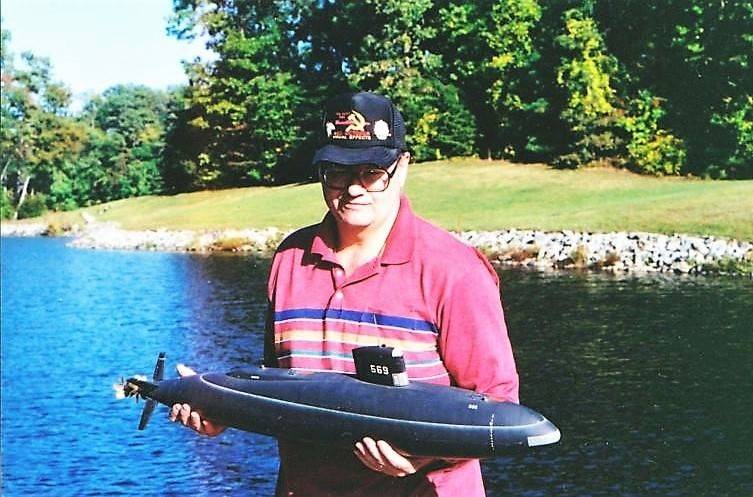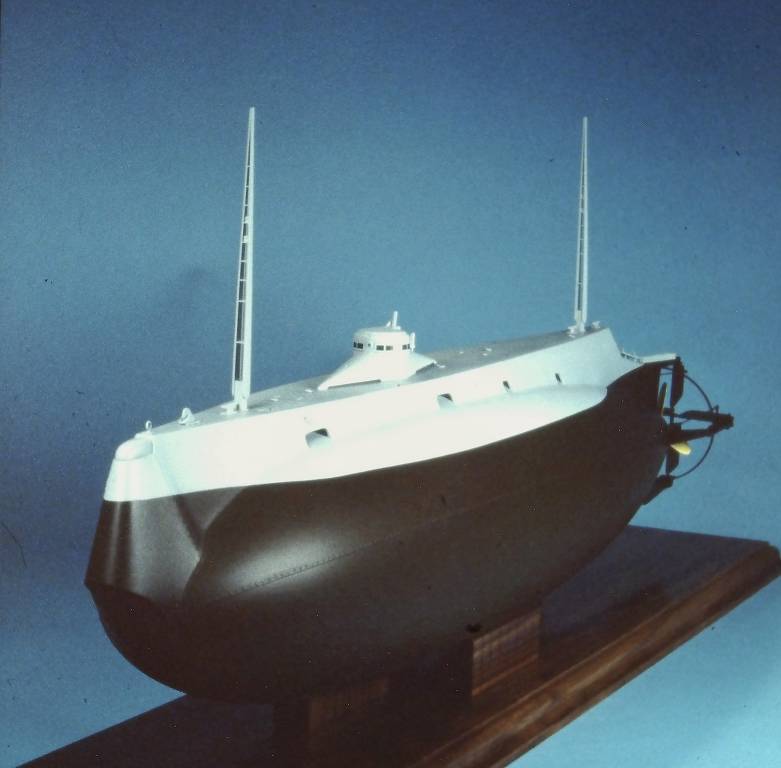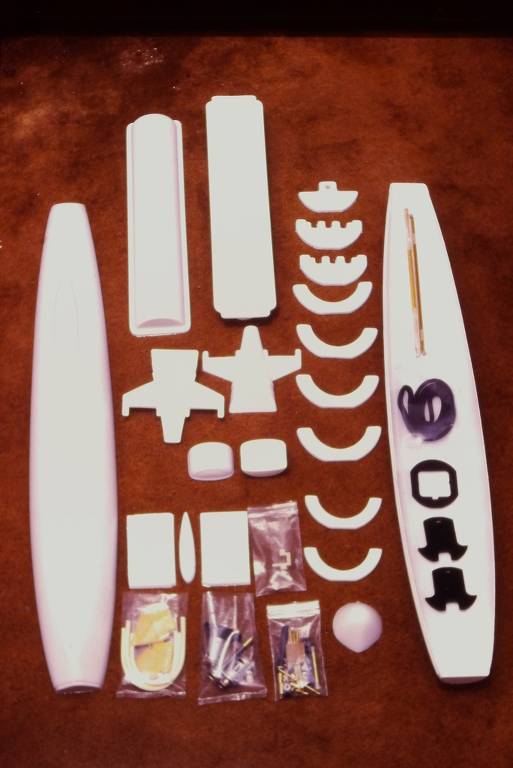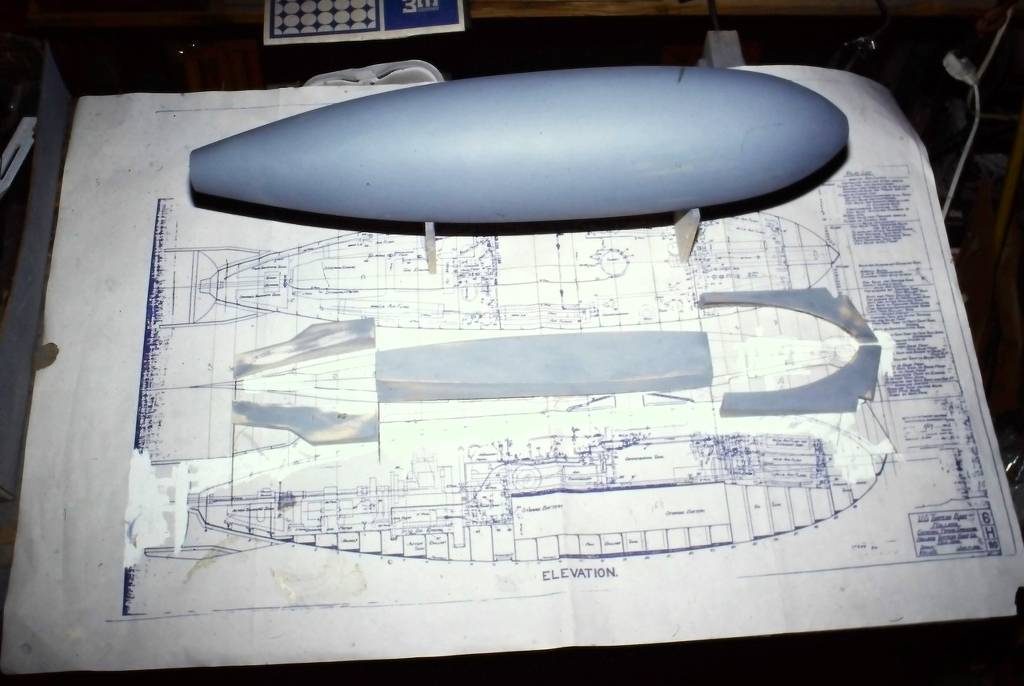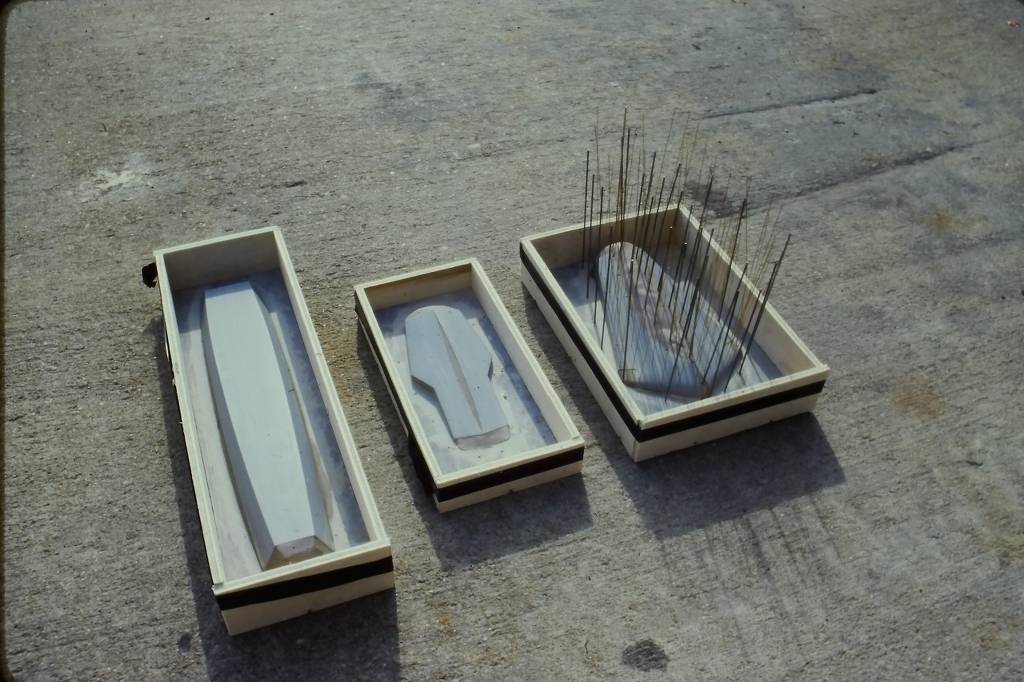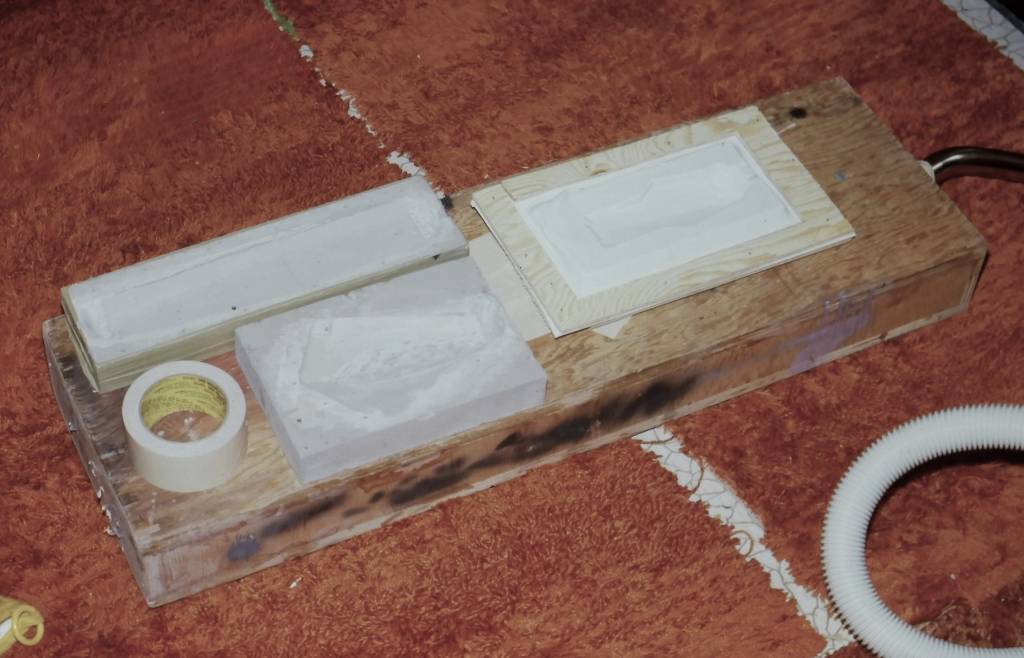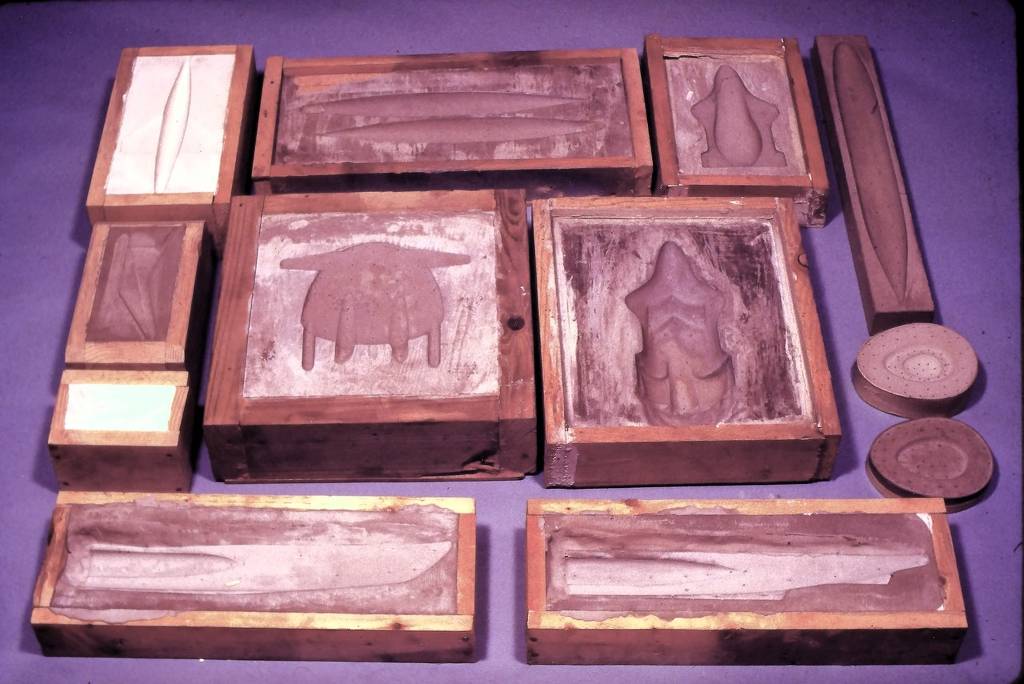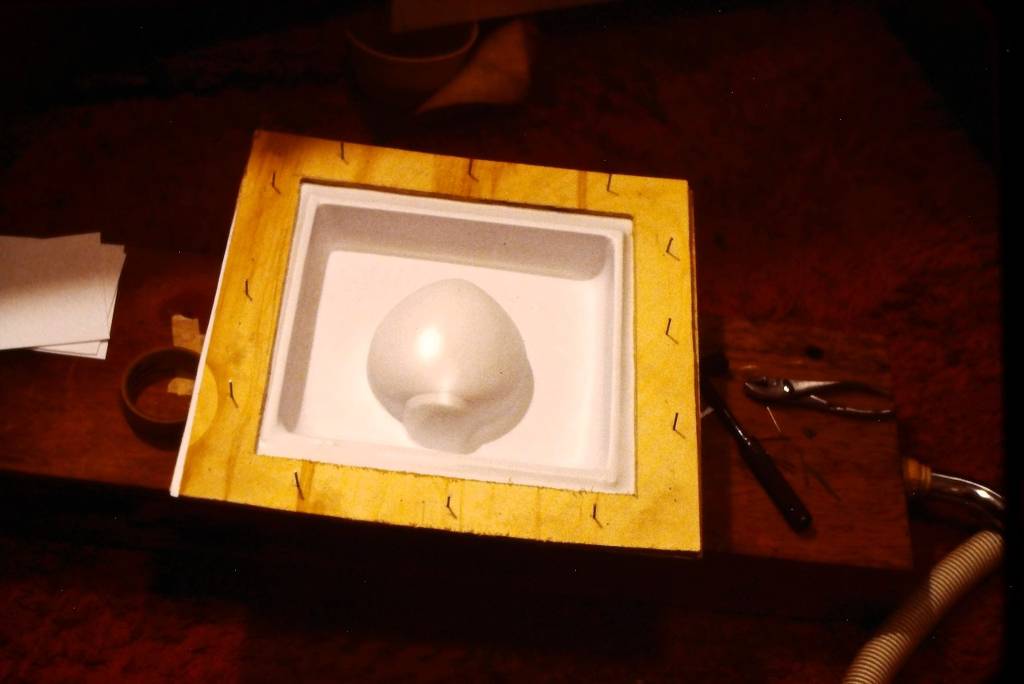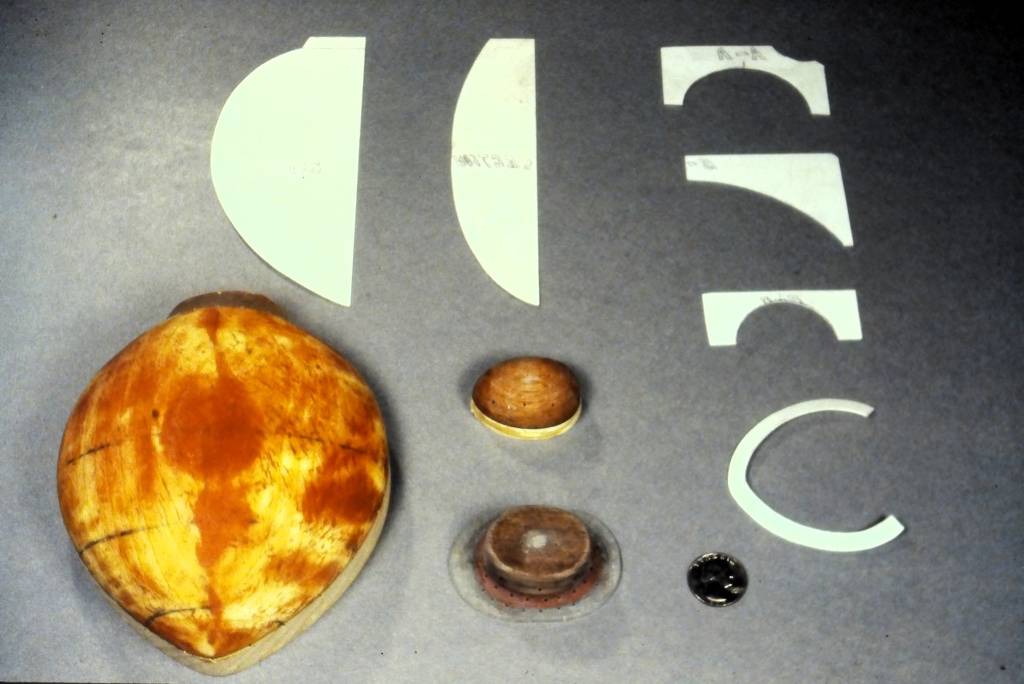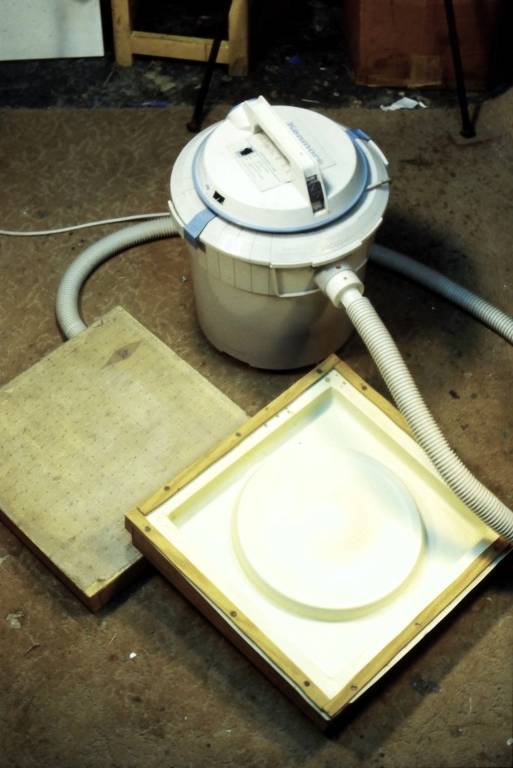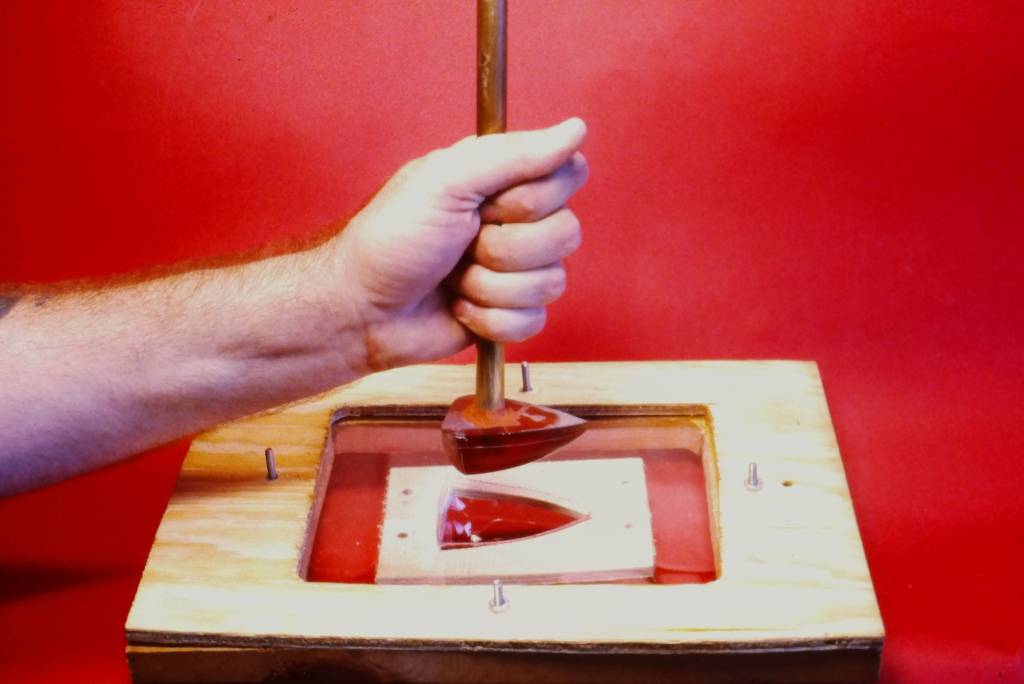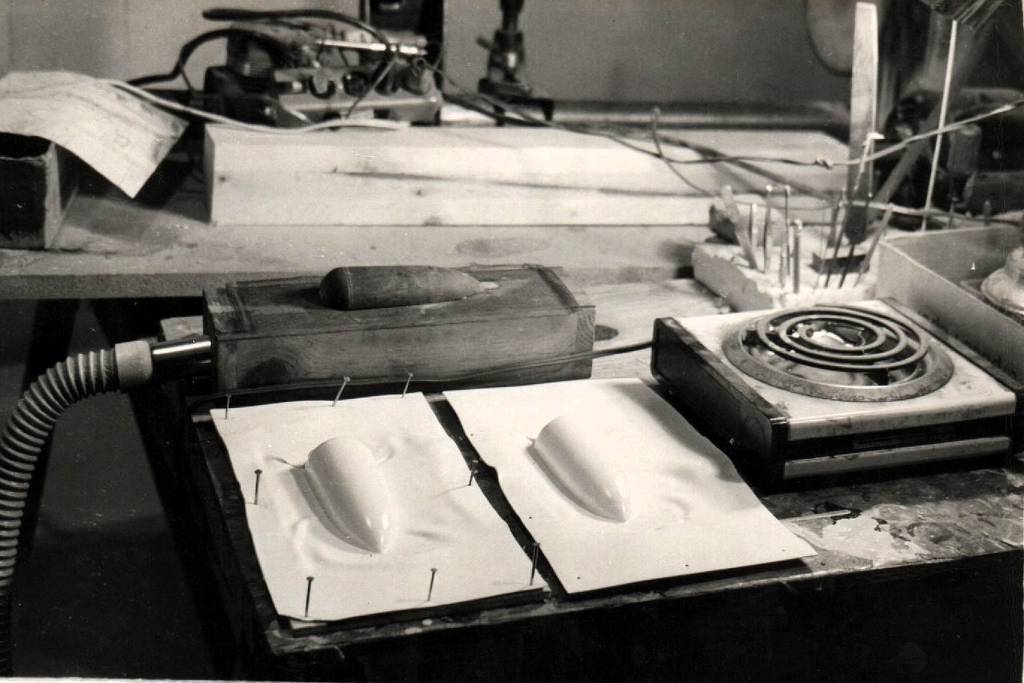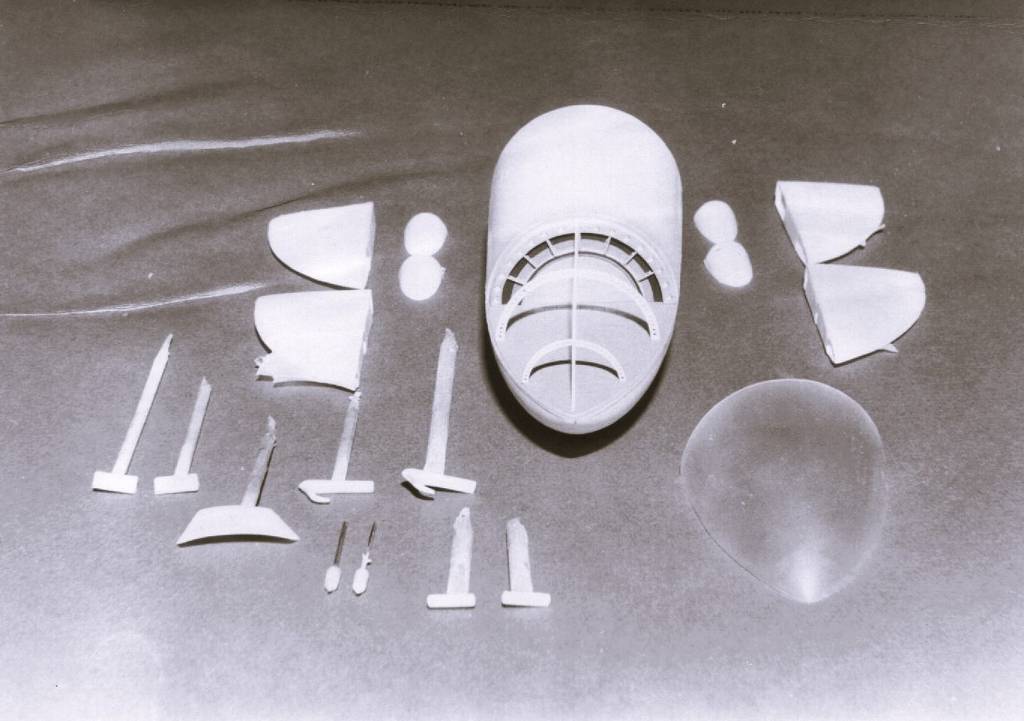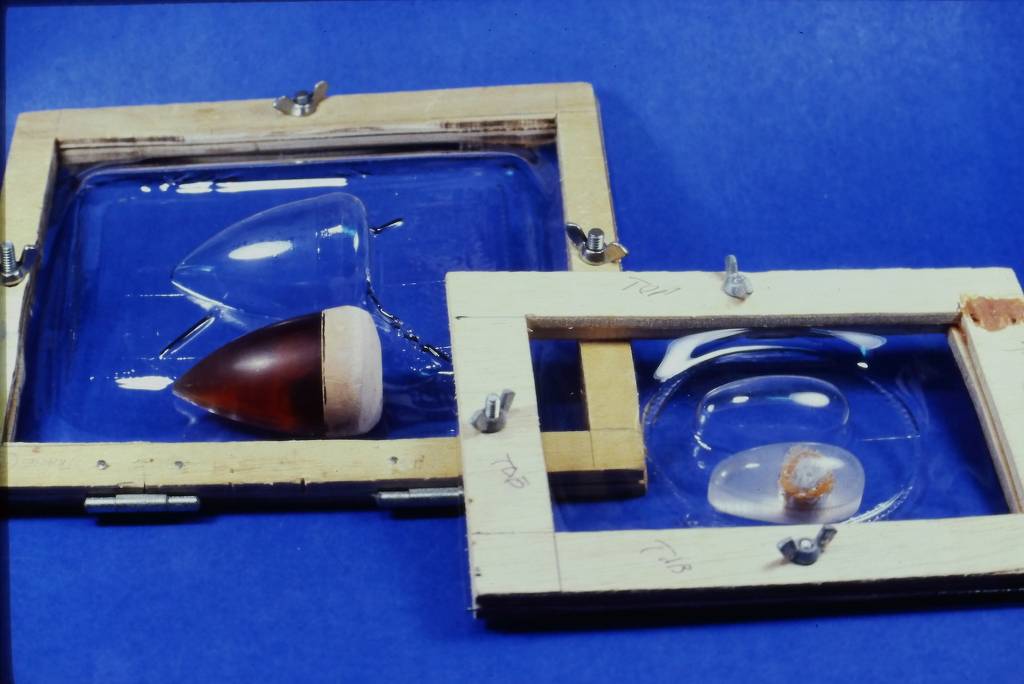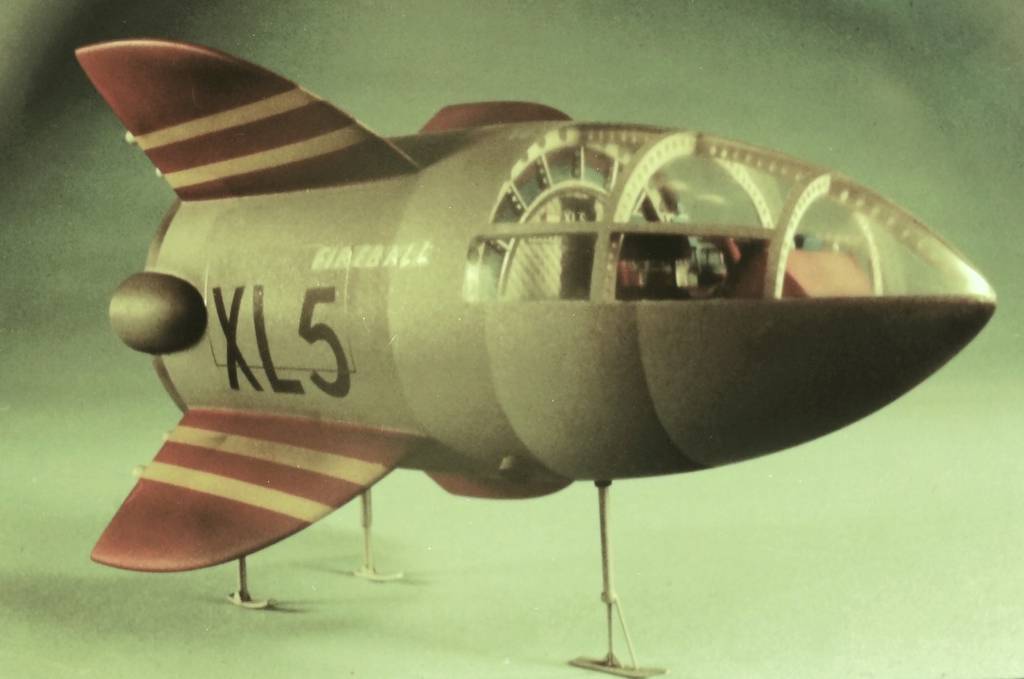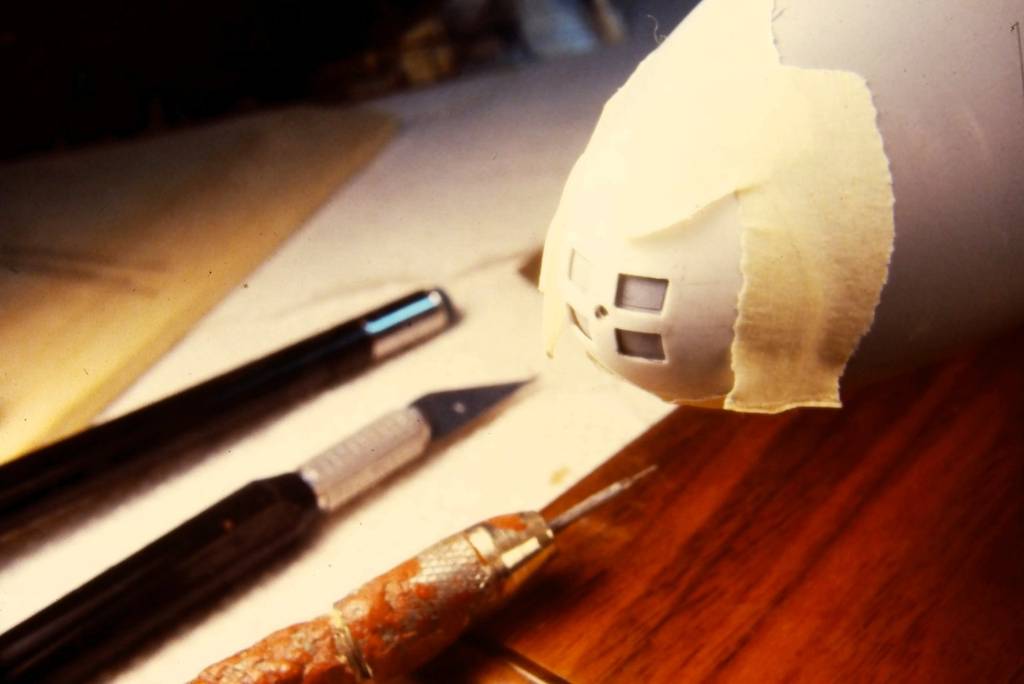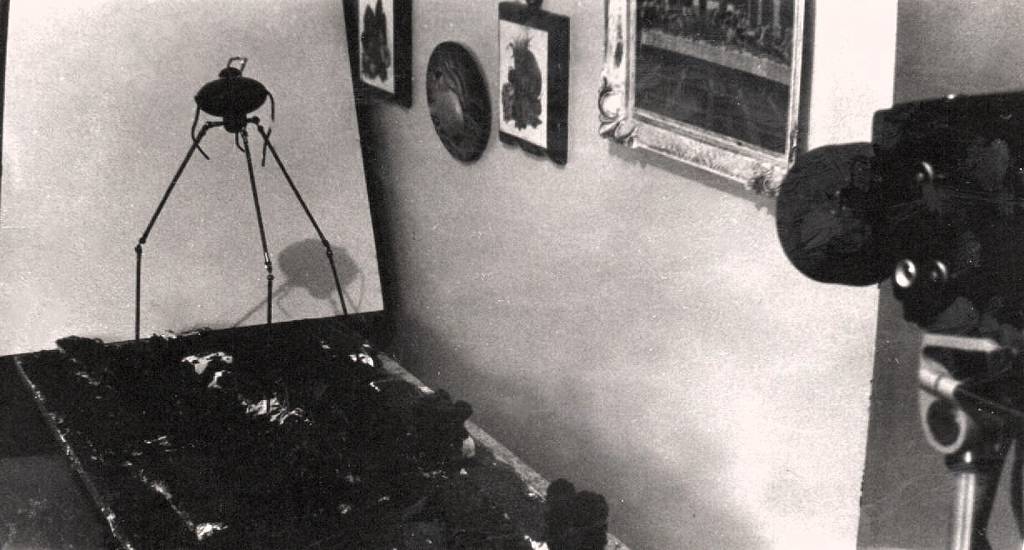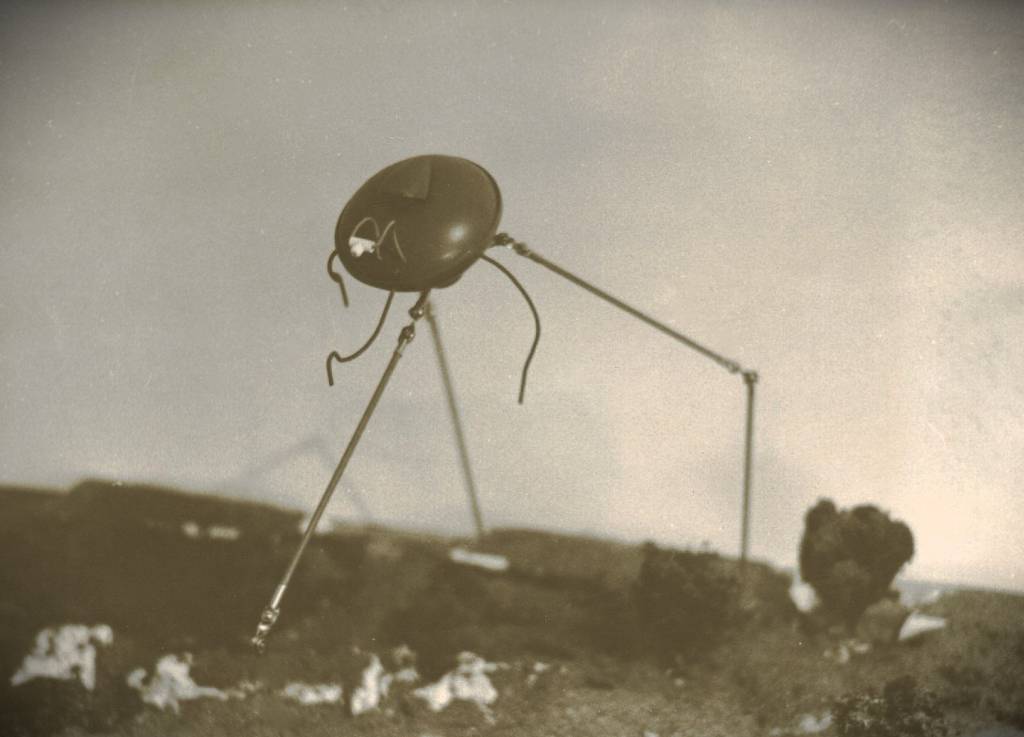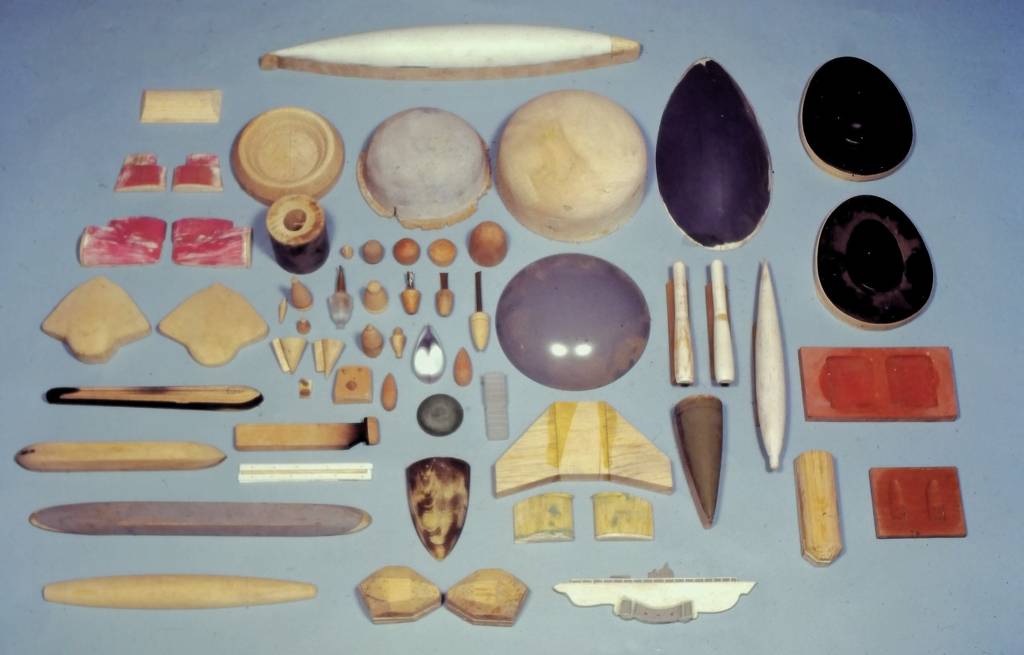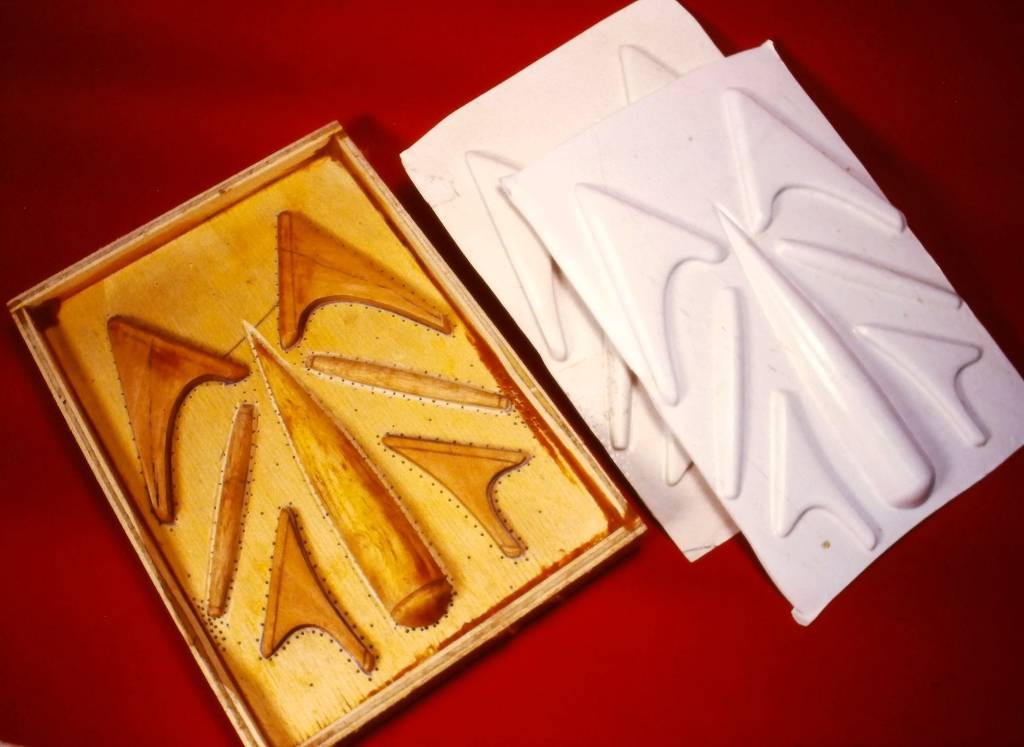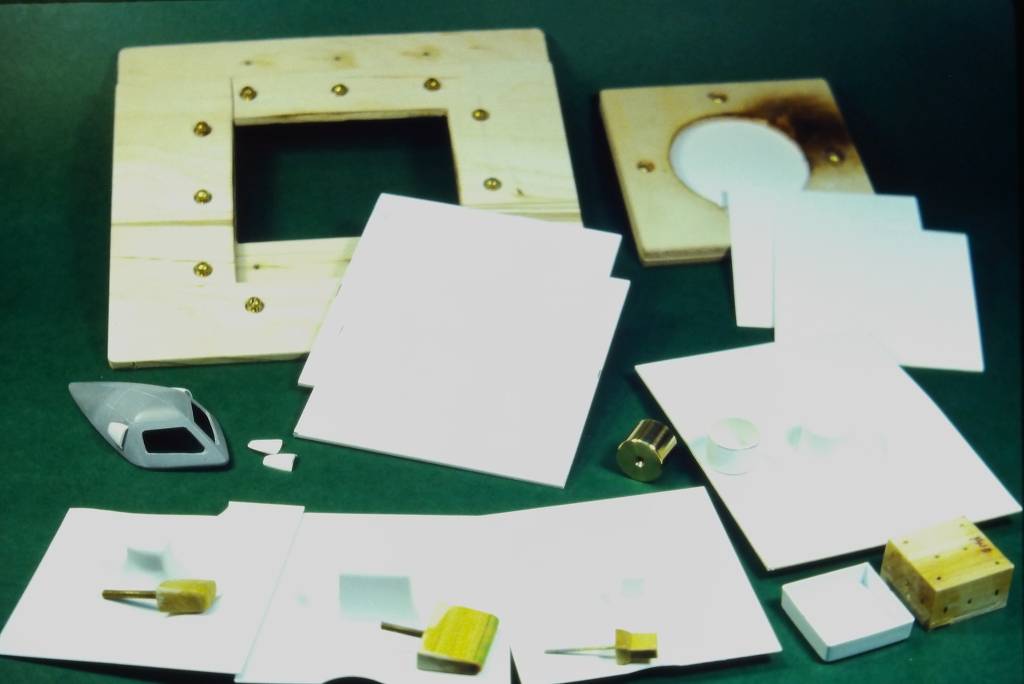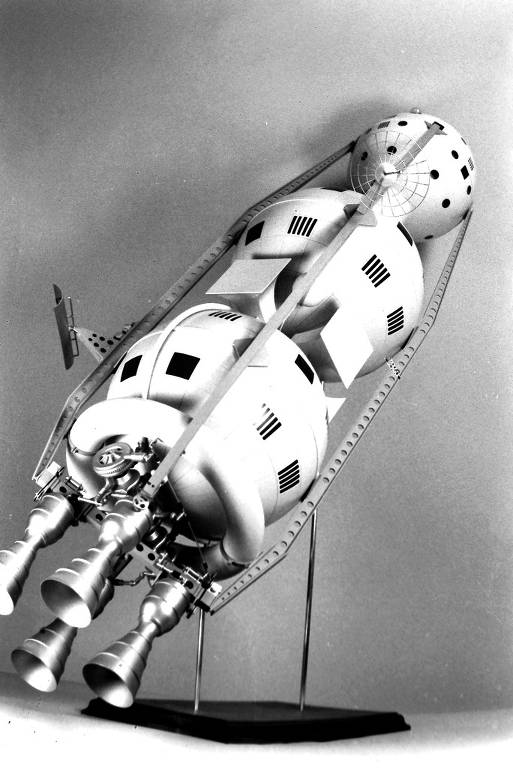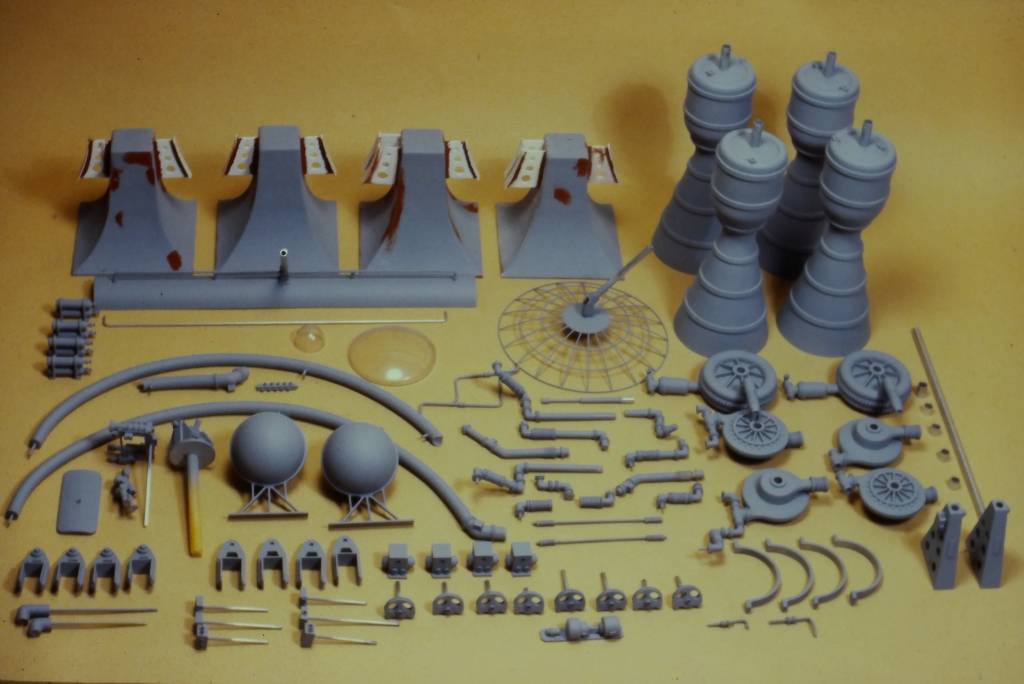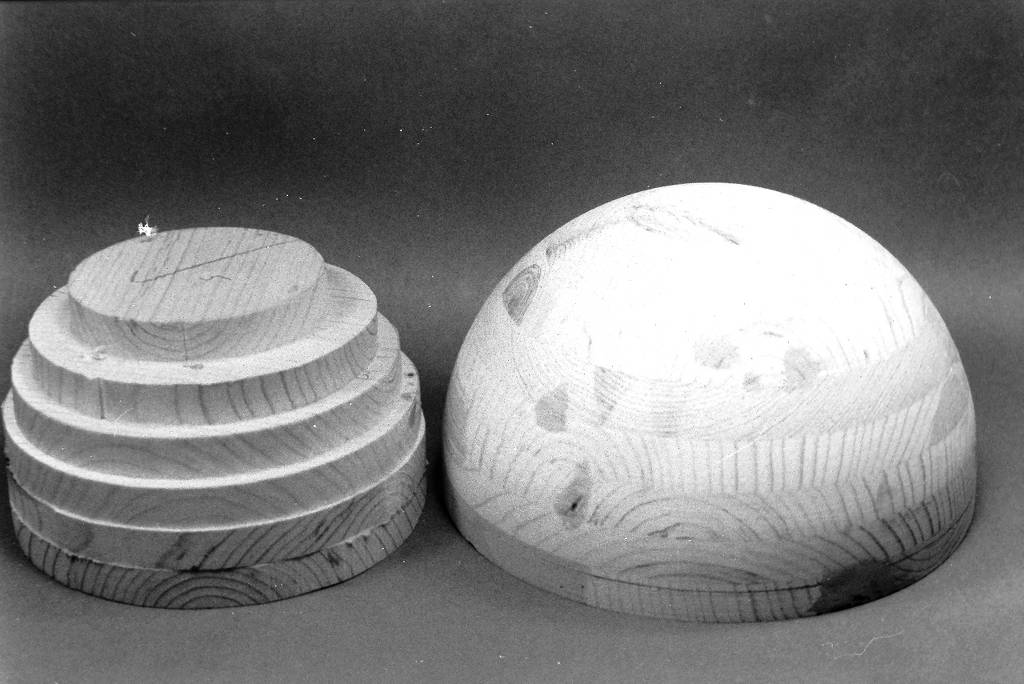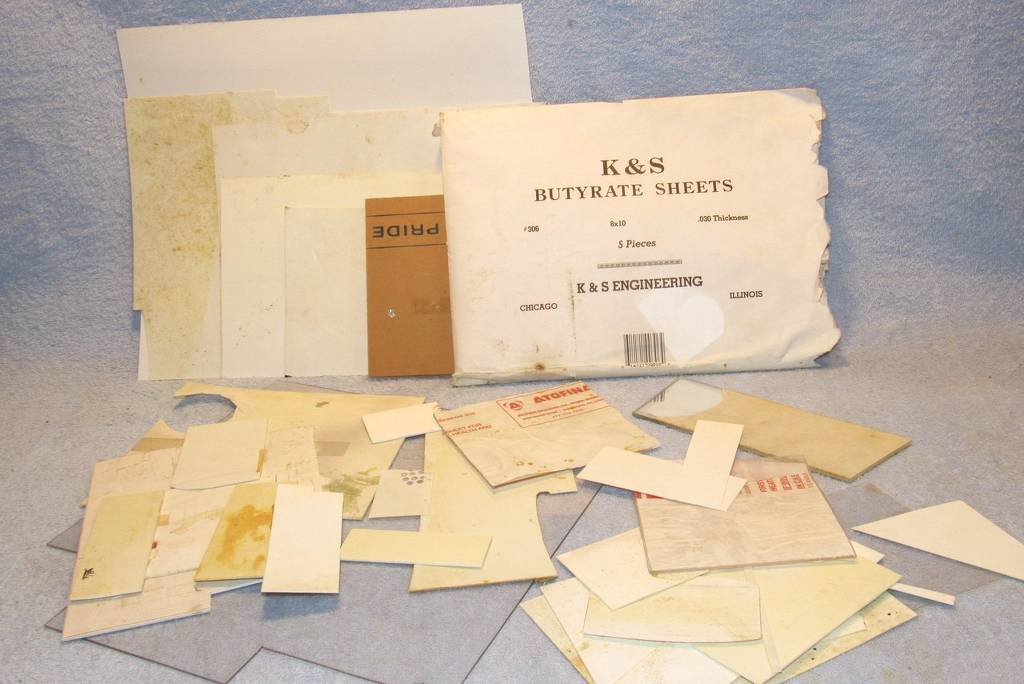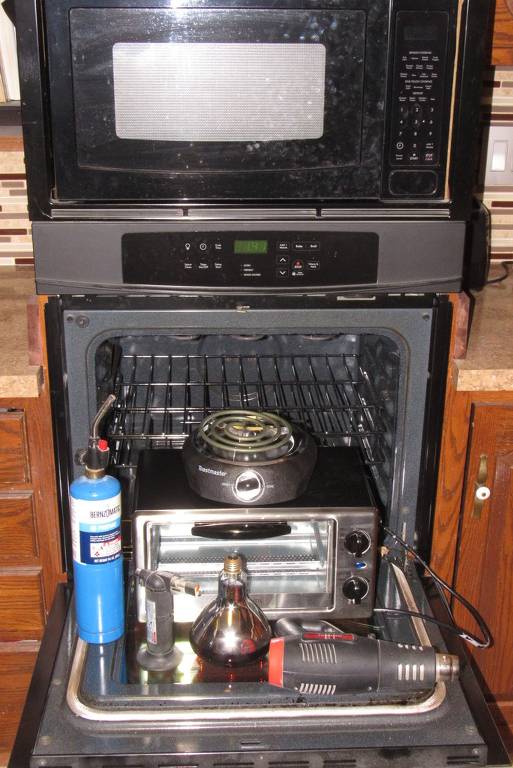As always: I love studying your photos, to see what tips and tricks I can pick up. Loved seeing the sandpaper applied to certain key areas, on the latest editions of your waterline marking tool; and the brass marking-device-holding clamps, too. And lots of other clever stuff, in other places, too.
About those lathe pics, from a page back ... any chance of seeing (if / whenever you see fit, time-wise) some close-up pics on the hand-operated, wooden-handled lathe tools that you made?
I realize they're for use with a "wood lathe" style of lathe, where the operator holds the cutting devices in his hands; but I'm guessing the metal portions were (perhaps?) originally meant for or were from a metal-cutting (or screw-cutting) style lathe? With the heads on them shaped as you pleased, edge-wise; but then instead of mounting them in a permanently-affixed tool-holder, on a metal-cutting style of lathe, you used those pieces as hand tools, instead? Or am I totally wrong on that? Was it some other kind of steel you used, for the metal portions of those cutting tools?
As an aside: All of this very cool sub-stuff I'm seeing had me looking through storage totes, to see if my memory was right, about how far I had once gotten, on "figuring out the shape" of a fun little submarine design by Bill Campbell, of "Weird-Ohs" model kit fame, from a decade or so ago, now. (Geez! Has it been that long?!) It made me feel like, if I wasn't already on deadline for a completely different project, I'd be giving Dunkvasser's sub model another long look; and maybe working on that one, again. Oh well. I guess I'll have to resurrect that project, at some other time. But it felt good just to get out the pieces, and remember how far along I'd gotten.
Thanks for posting all of this assorted coolness, sir!
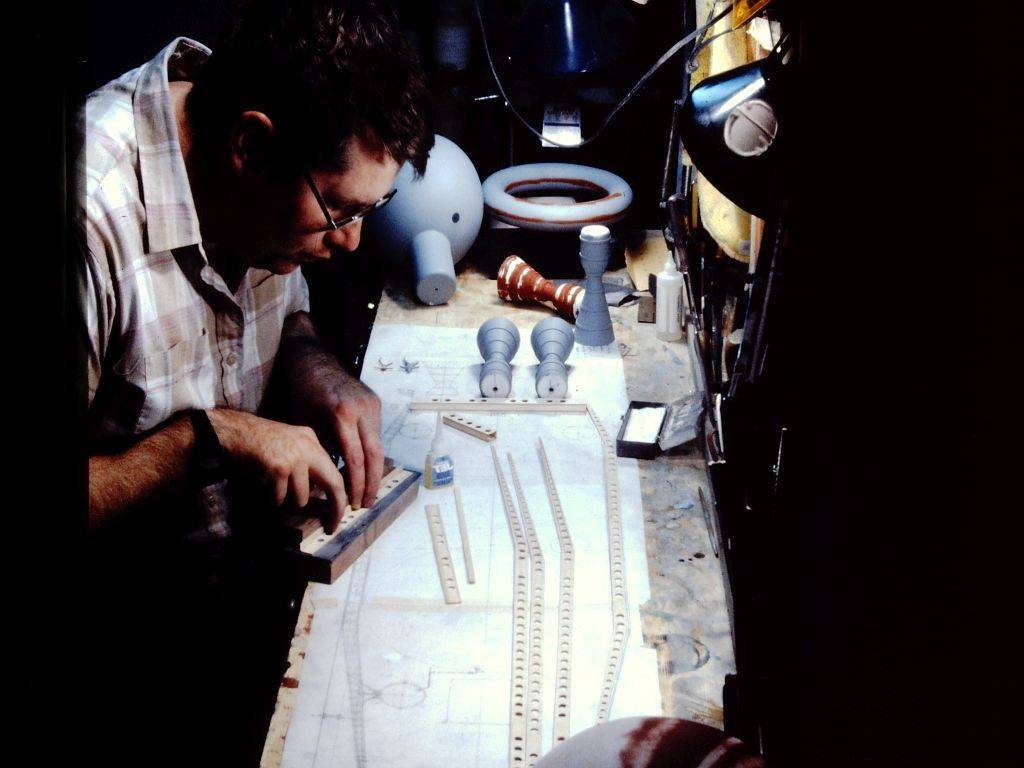

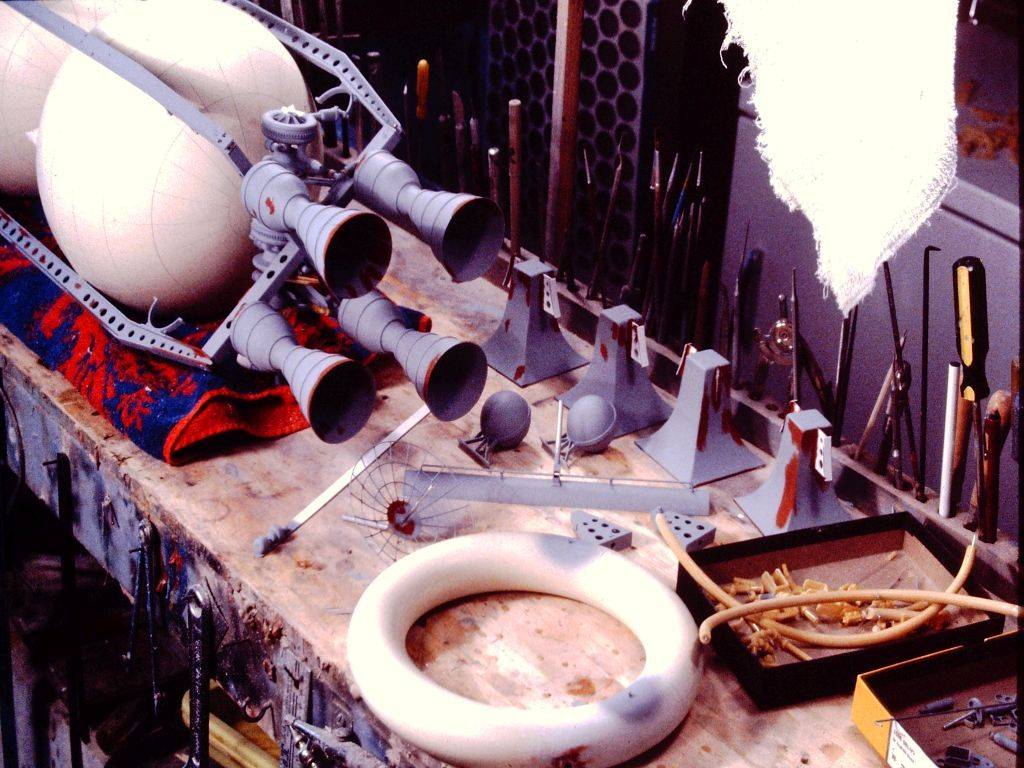

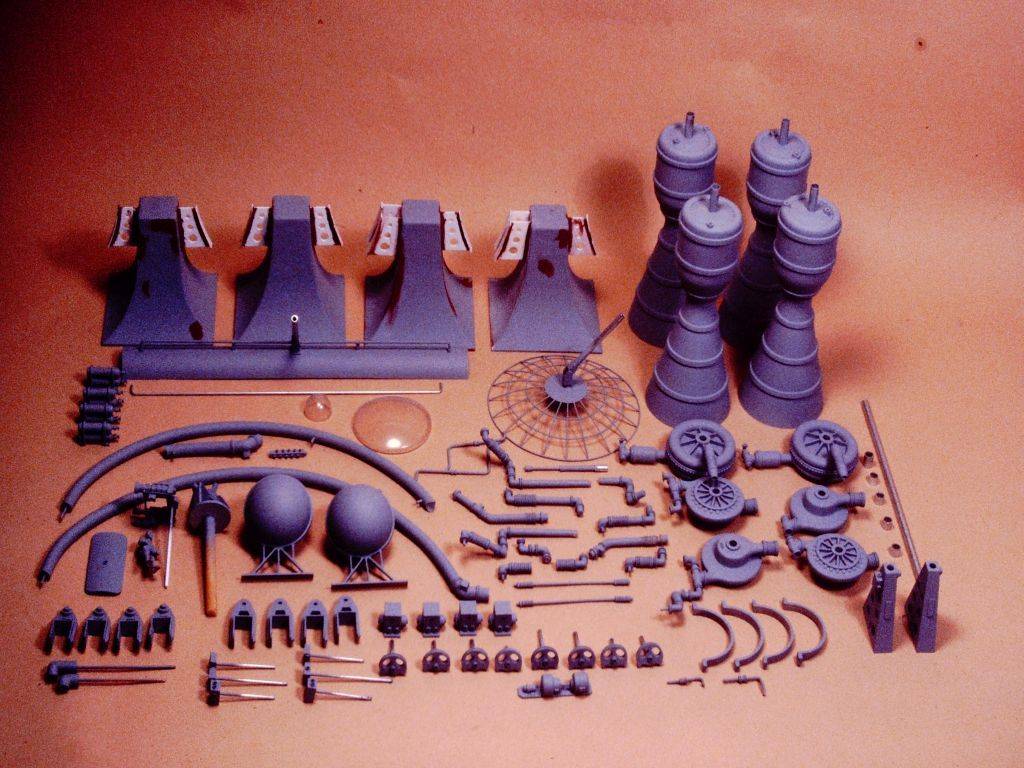

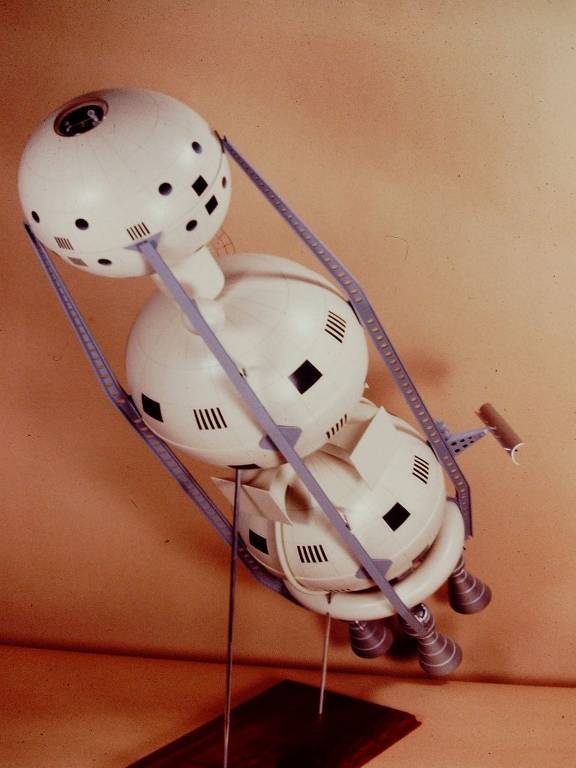


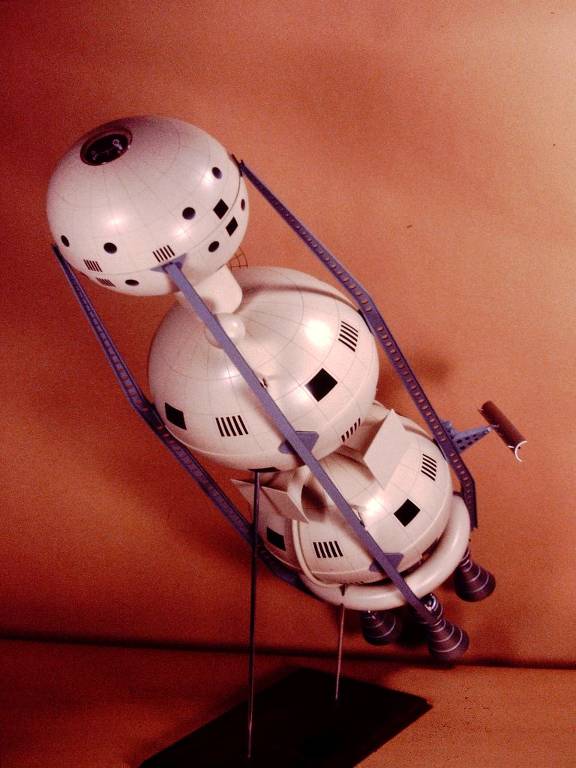

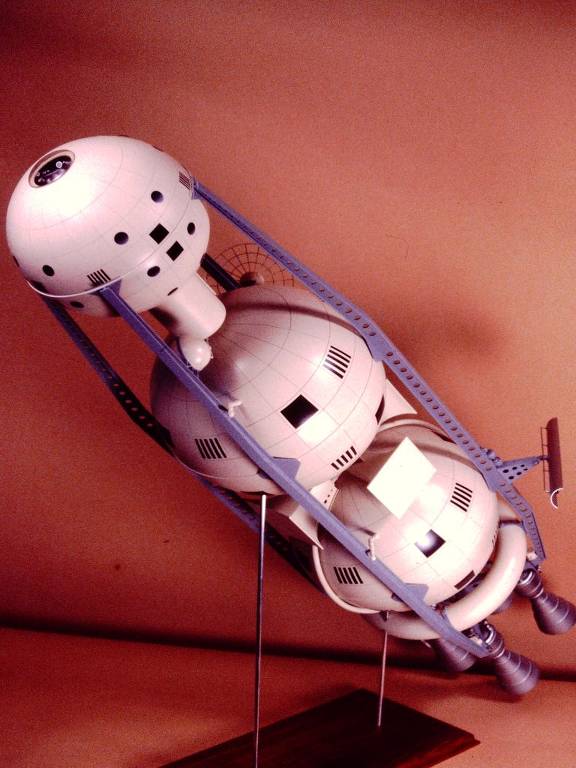
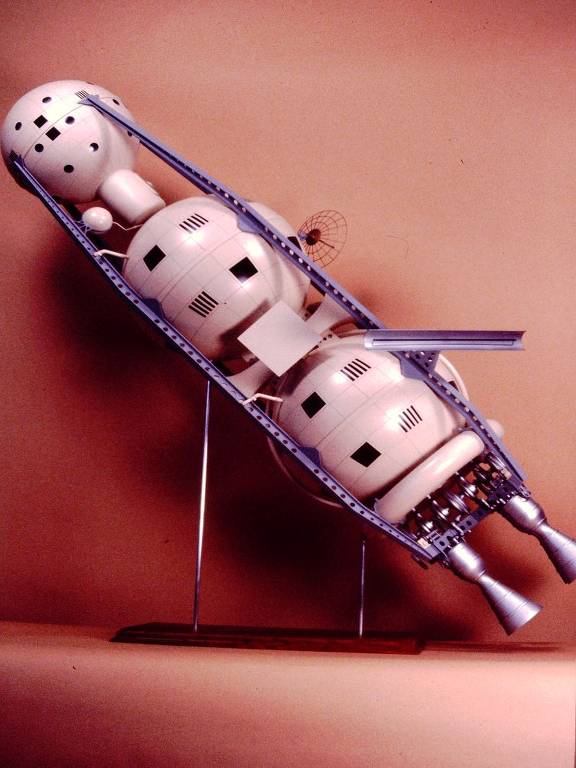

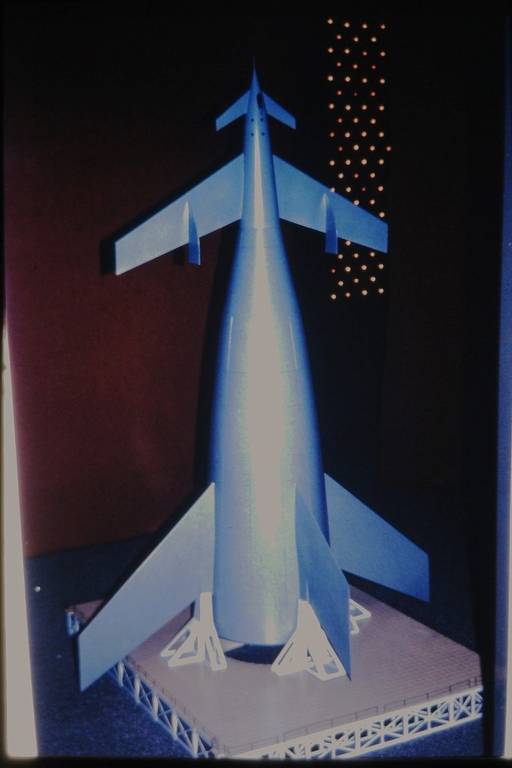
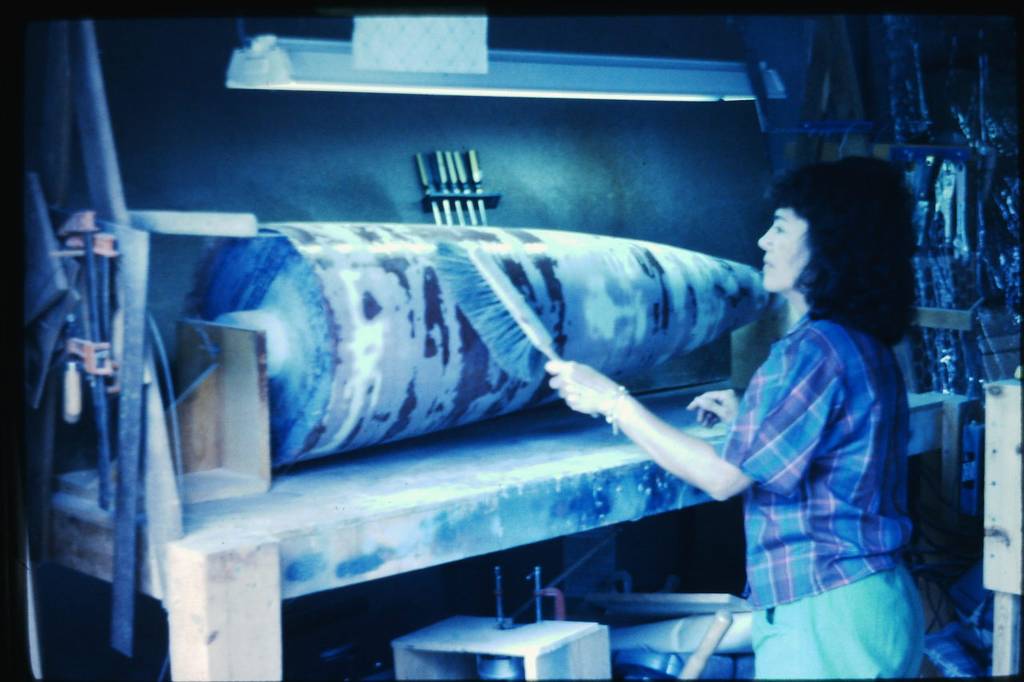
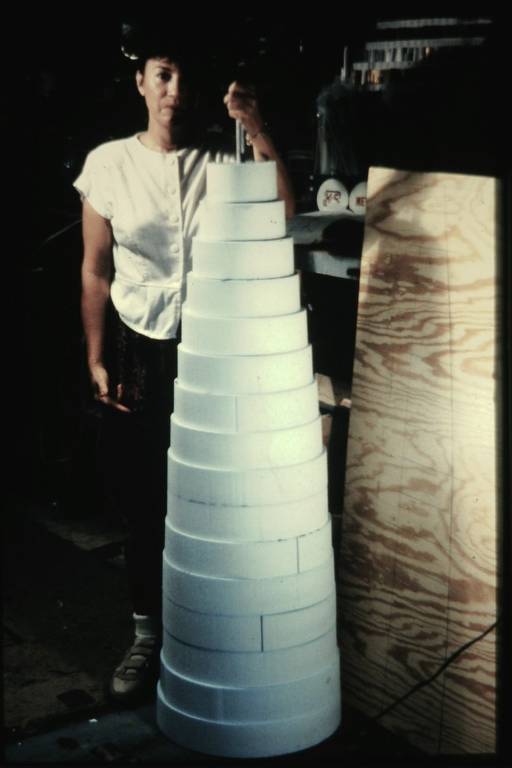
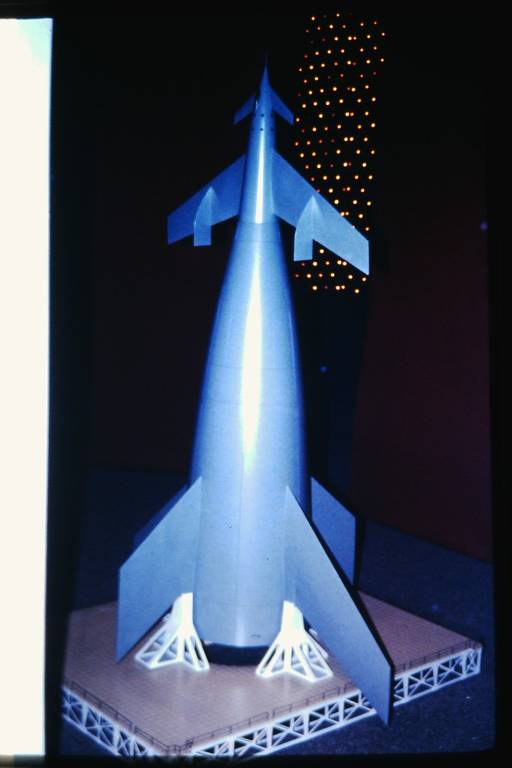
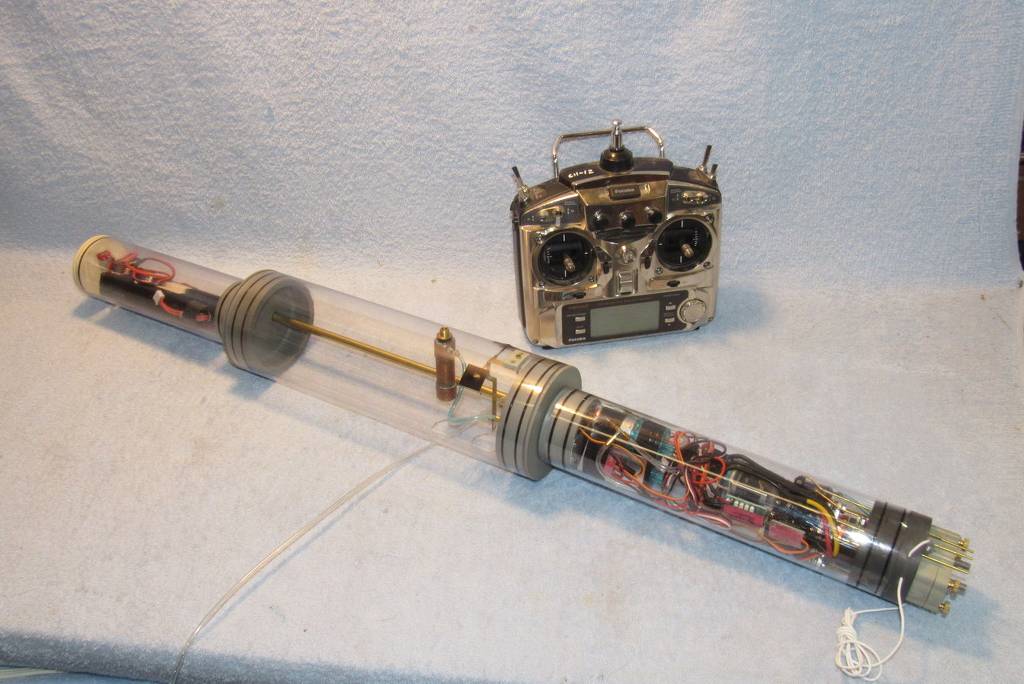
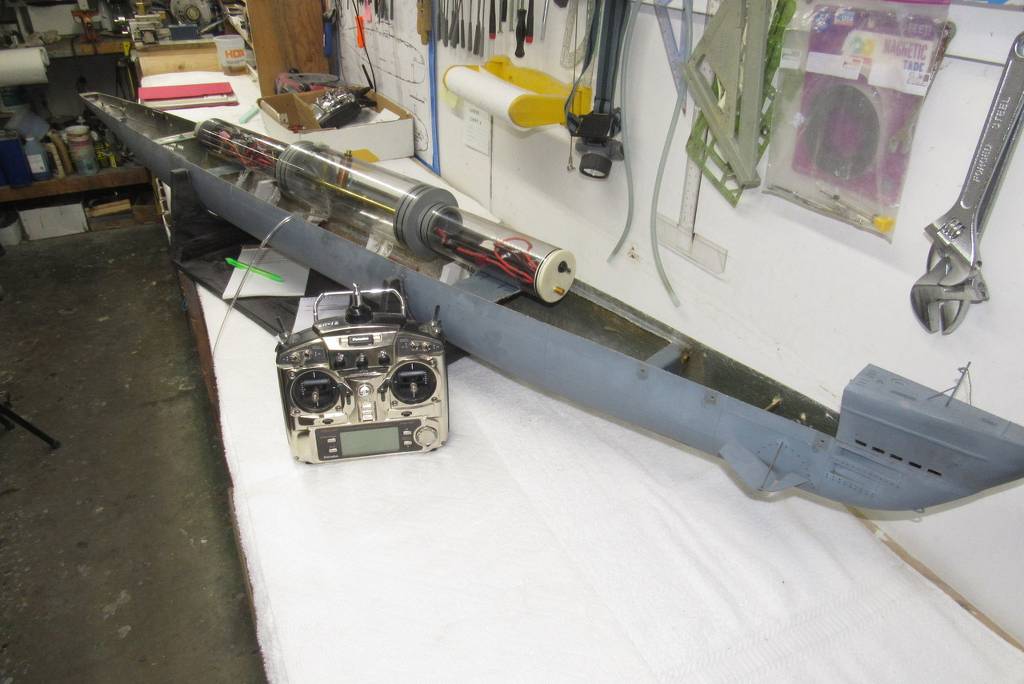
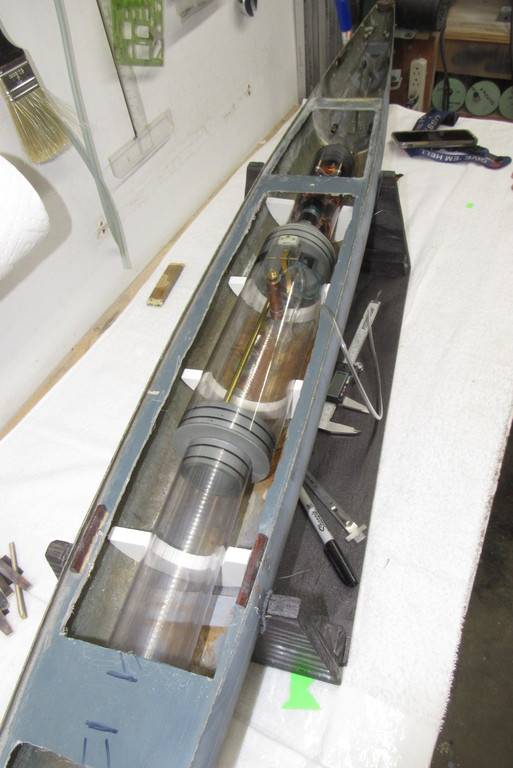
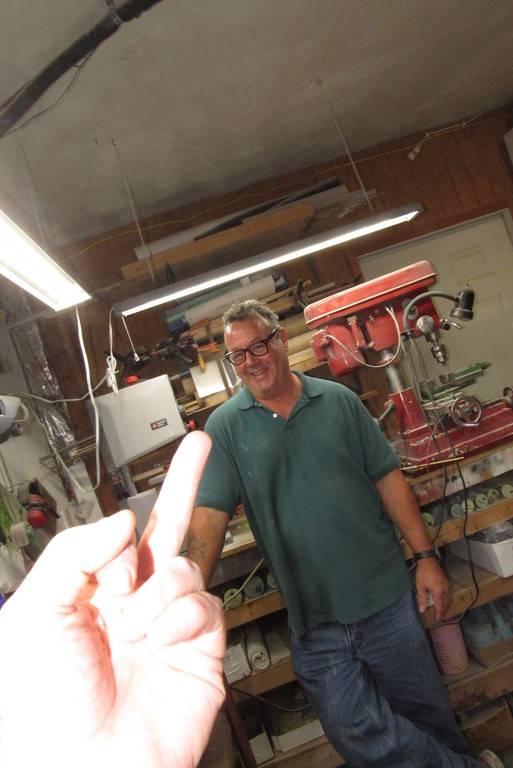

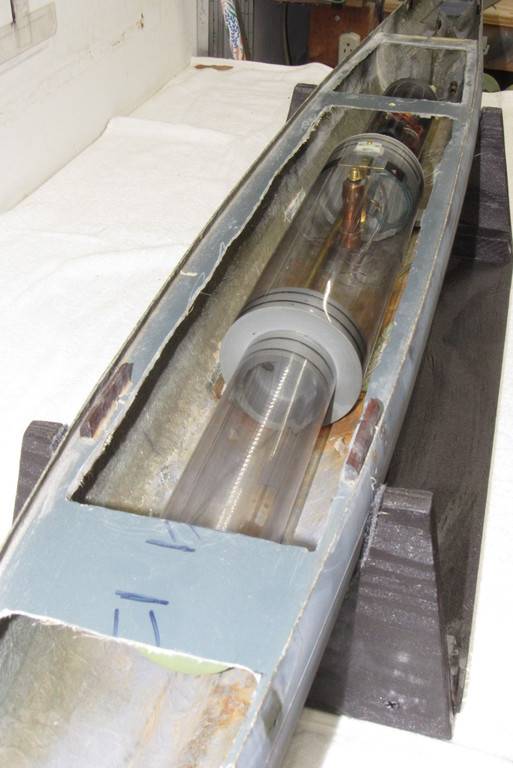
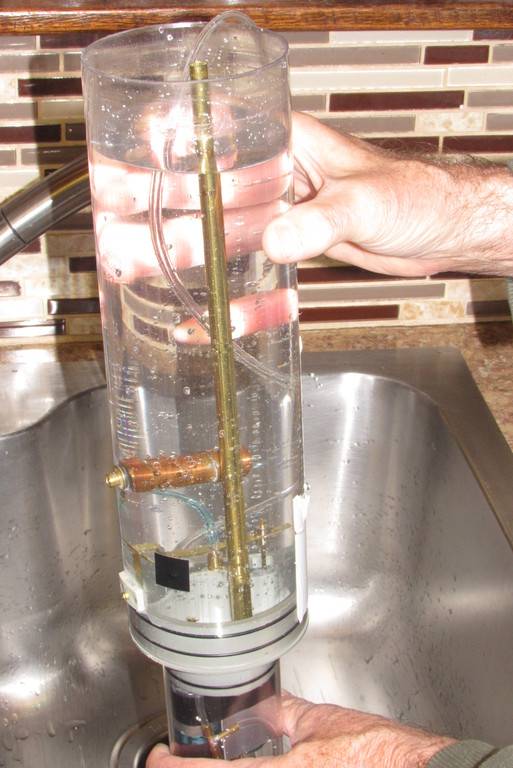
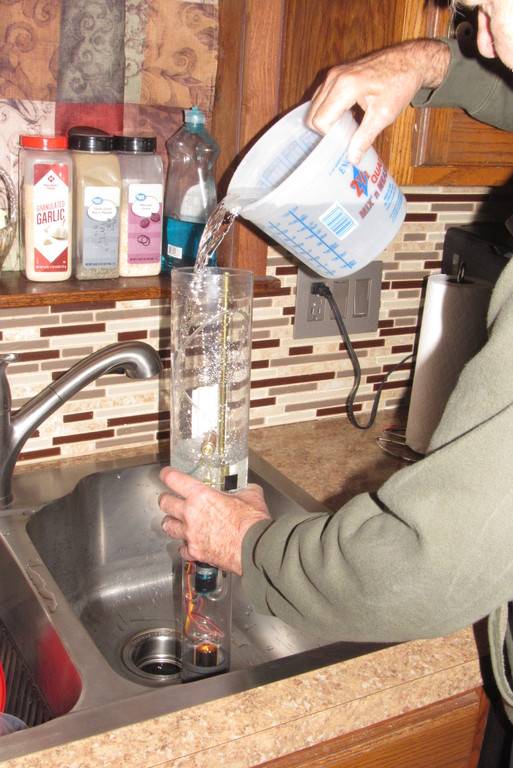
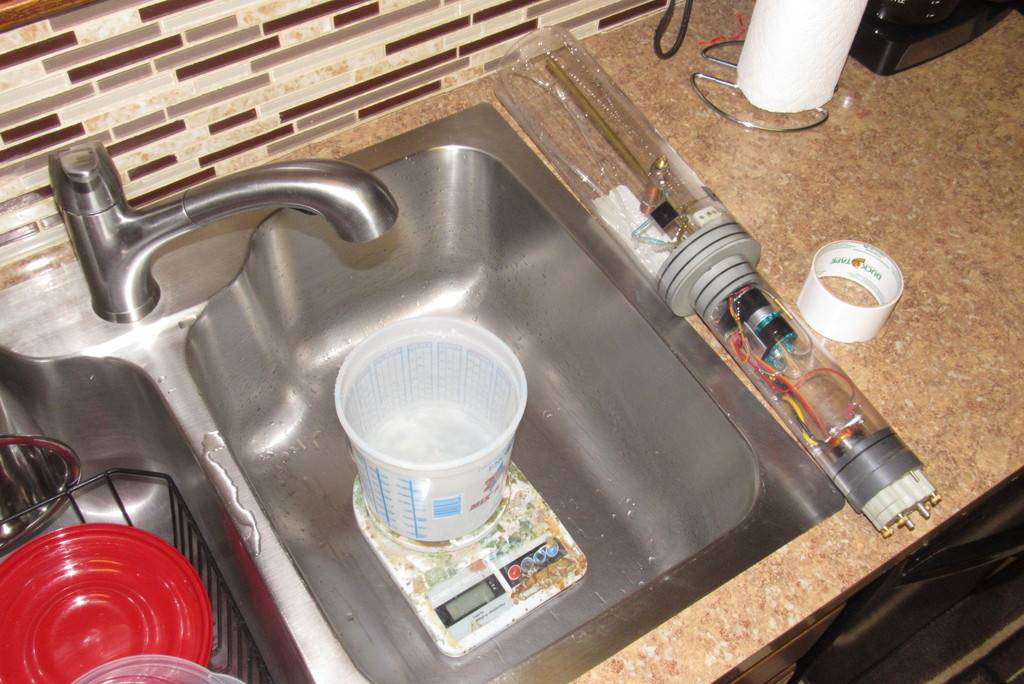
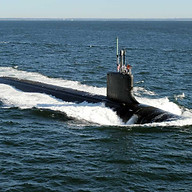 www.rc-submarine.com
www.rc-submarine.com

